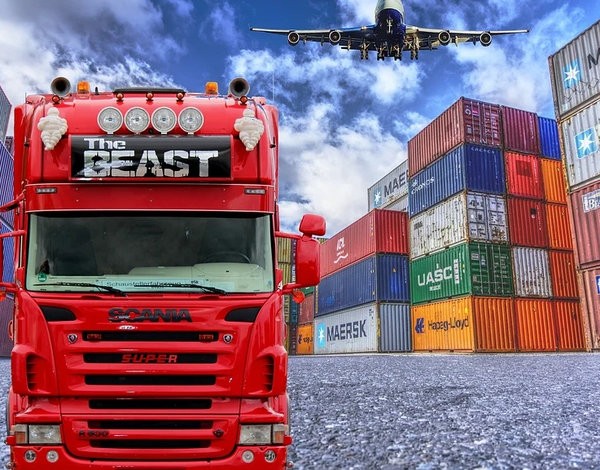One area where artificial intelligence is proving to be highly useful is the supply chain and logistics management. Not just local and national but also on a global scale. AI, machine learning, data processing, and NLP are all parts of the advanced tools and software. There are many ways in which AI is used in supply chain management and optimization, right from predictive analysis to robotics and faster transportation through autonomous vehicles.
Many enterprises have already begun investing in AI software and tools to enhance manufacturing, production, and distribution of goods. While some of the enterprises are taking one step at a time, others are going for complete implementation and an overhaul of the business system. It depends on the nature of the business, the volume of production and sales, and the financial capabilities of the enterprise.

That said, AI is blurring geographical borders by improving logistic facilities and capabilities across the globe. Even small scale enterprises can invest limited amounts in AI tools to streamline their intelligent supply chain planning and speed up deliveries. See below how AI for supply chain optimization is generating positive and effective results for enterprises.
Robotics and Machines
Robotics reminds us of huge arms and claws made of metal that do the job of humans with the utmost ease. Robotics is pretty much a futuristic concept like AI and is quite in demand in the market. From moving heavy goods to tracking and locating them in the warehouses, robotics is more than a metal arm. It is both strength and mind power clubbed together to cut down the time taken for manufacturing, moving, and transporting goods.
Big Data
Big data and AI work together to collect, clean, process, analyze, and measure the vast amounts of information that lies scattered within and outside the enterprise. In today’s digital world, there is information in every corner. Be it text, images, videos, or infographics, everything contains data, some of which would be highly useful for enterprises. From collecting this information in real-time to separating the required data from the rest and processing it, AI plays a vital role in understanding customers’ needs and market trends. This data is used by enterprises in R&D to improve their products.
Predictive Analytics
Predicting changes in the market and meeting customers’ perceptions can place an enterprise at the top of the success chart. Instead of reacting to the situation, enterprises can be proactive in planning their future product releases or production volume. This keeps the enterprise one step ahead of others and gives it the chance to grab new opportunities before others can think of it.
Autonomous Vehicles
While this is yet to fully be in use, the industry is going the right way in using auto-pilot modes for long-distance transportation. The aim is to reduce the workload on drivers who have to manage the steering for hours at a stretch to deliver goods on time. But with the traffic conditions and the risk of public safety, enterprises are working creating highly efficient models that do not compromise the safety of the public or the goods being transported.
Studying Traffic Patterns
Traffic plays a vital role in delayed deliveries. By understanding the patterns during different times of the day and different seasons, enterprises can come up with alternate routes to take to deliver the goods at the destination in less time. Also, the shipping and delivery schedule can be planned to accommodate traffic delays so that the shipment will reach the destination within the said time.
Identifying Suppliers and Production Planning
How can enterprises ensure that they get the best quality raw materials for cost-effective prices? How to identify suppliers who are ethical, genuine, and reliable? By studying the past receipts, audit files, and other communication with the suppliers, AI tools can suggest the best suppliers for the enterprise. The same technique is used in planning the different stages of production to release the products into the market at the exact moment to get the maximum returns.
Demand and Supply Metrics
Understanding the constant changes in the demand and supply graph is something many enterprises have been trying to achieve. Knowing when to boost production and when to sell off the existing goods before coming up with a new batch is crucial for enterprises. AI for supply chain optimization helps enterprises collect data in real-time and combine it with past data to study the market trends and identify the times when the demand will increase. This will help enterprises plan their production accordingly and minimize losses.
Many AI development companies in the market provide the latest and advanced AI tools customized to suit the varying requirements of each enterprise. The companies also help enterprises in implementing the tools, training employees to use them, and provide round the clock technical support.